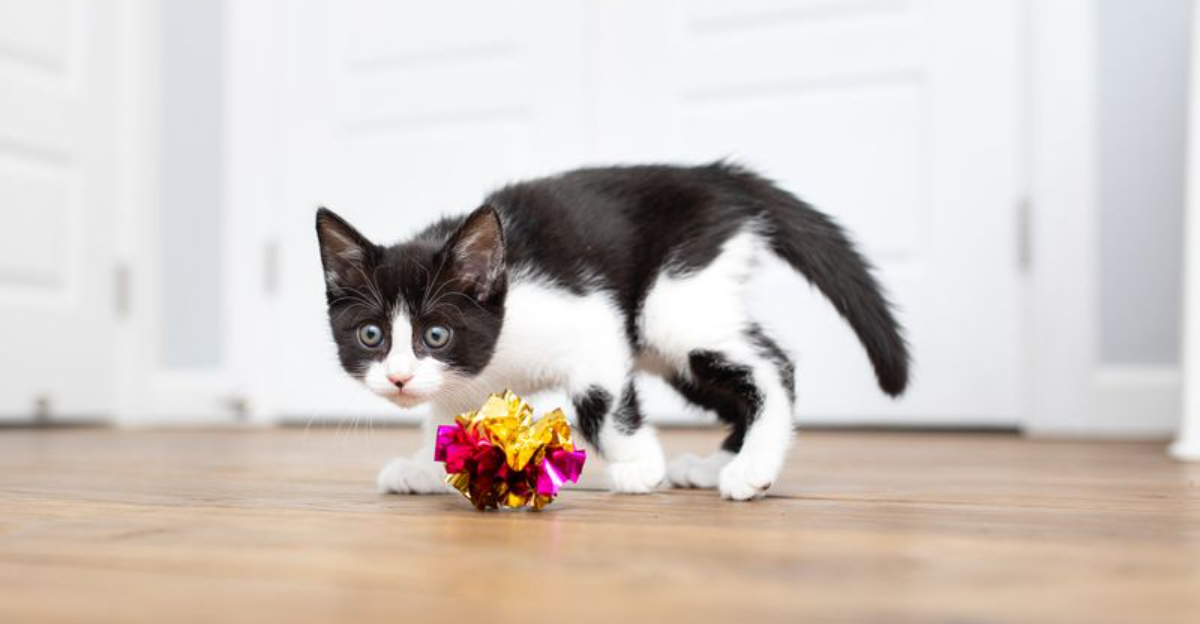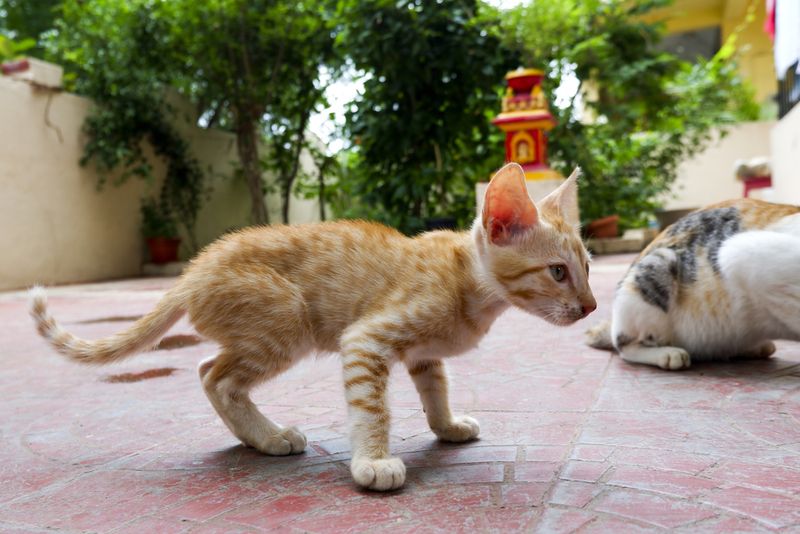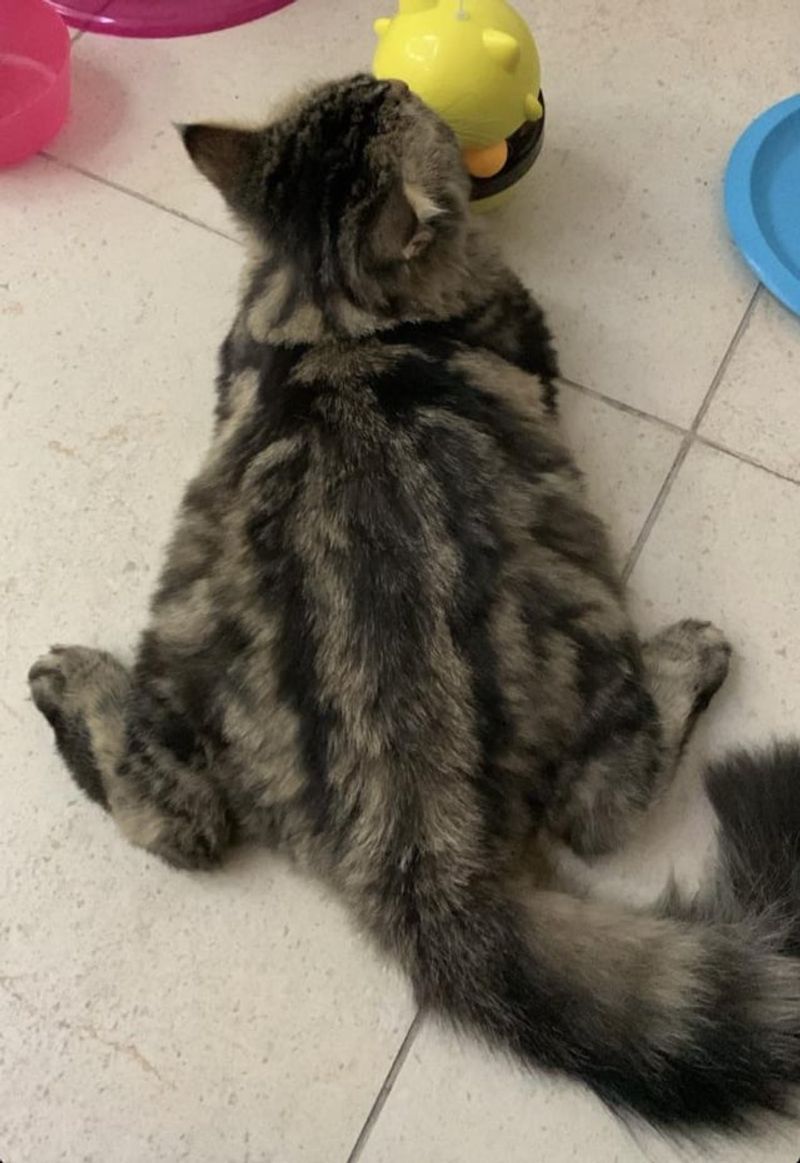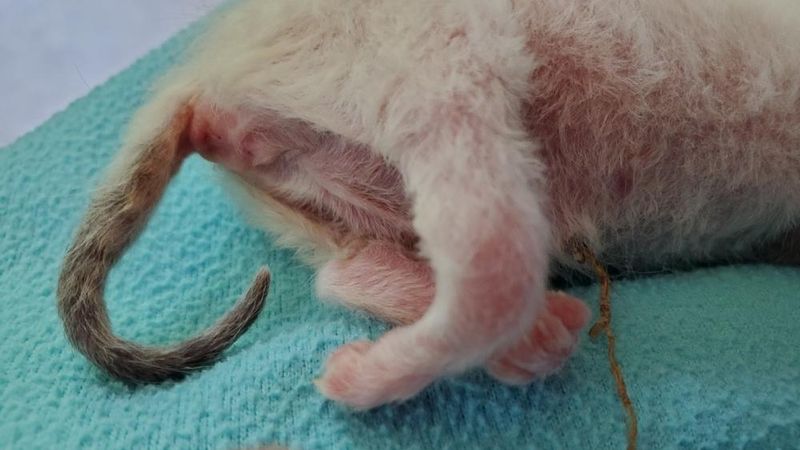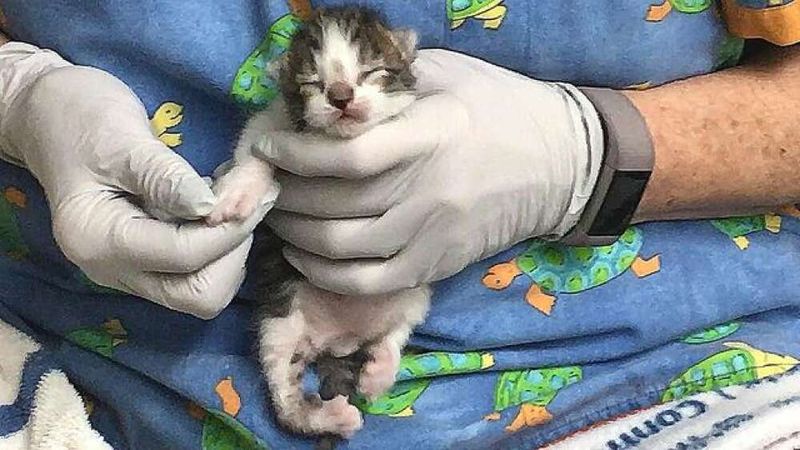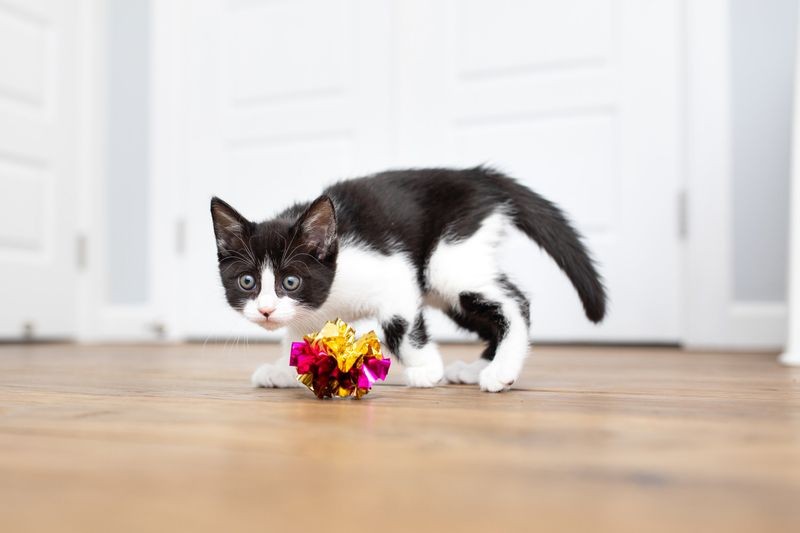📖 Table of Content:
- 1. Genetic Predisposition: The Inherited Challenge
- 2. Slippery Surfaces: When Flooring Becomes the Enemy
- 3. Muscle Development Delays: When Strength Lags Behind
- 4. Weight Management: When Extra Ounces Become Obstacles
- 5. Neurological Factors: When Brain Signals Go Awry
- 6. Early Life Stimulation: The Missing Maternal Touch
- 7. Growth Rate Imbalance: When Bodies Outpace Muscles
Swimmer Syndrome, also known as flat kitten syndrome, is a developmental disorder that affects the limbs and posture of young kittens. Characterized by the outward splaying of the legs—often making the kitten appear to “swim” on flat surfaces—this condition can hinder a kitten’s ability to walk, sit, or even nurse properly. Though alarming in appearance, Swimmer Syndrome is both manageable and, in many cases, fully reversible with early intervention.
Understanding the underlying causes of this condition is essential for timely and effective treatment. Many cases are linked to environmental factors, delayed development, or genetic influences, each requiring specific strategies for rehabilitation. Whether you are a cat breeder, rescue volunteer, or pet owner, being informed about this syndrome can make a significant difference in a kitten’s quality of life.
In the following sections, we’ll break down seven key causes of Swimmer Syndrome in cats and the corresponding treatments that have proven effective. From changes in flooring to physical therapy routines, each recommendation targets the root of the issue to support healthy development. Addressing these factors early can lead to a full recovery, allowing kittens to grow into strong, agile adults.
1. Genetic Predisposition: The Inherited Challenge
Genetics plays a significant role in many feline developmental disorders, including Swimmer Syndrome. Some kittens simply inherit a tendency toward musculoskeletal issues that affect how their chest and limbs develop. The genetic blueprint these kittens receive can delay proper bone and muscle formation, resulting in the characteristic flattened chest and splayed limbs. While we can’t rewrite their genetic code, recognizing this inherited pattern early makes all the difference. Breeders should keep detailed health records, as affected bloodlines may produce more kittens with this condition. Though genetics set the stage, environmental interventions like targeted physical therapy, proper nutrition, and supportive care can dramatically improve outcomes, even for kittens with strong genetic predispositions.
2. Slippery Surfaces: When Flooring Becomes the Enemy
Many unsuspecting pet owners create inadvertent challenges for developing kittens by housing them on slick surfaces. Hardwood, tile, and linoleum floors might look clean and practical, but they become treacherous terrain for tiny paws trying to gain traction. Without proper grip, kittens’ legs slide outward instead of staying under their bodies. This constant splaying prevents them from developing the crucial muscle memory needed for standing and walking. Their little bodies adapt to this horizontal position, reinforcing the swimming posture. Creating a kitten-friendly environment with textured surfaces makes a world of difference. Rubber-backed bath mats, towels with rubberized bottoms, or specialized non-slip pads give those determined little paws the grip they need to push against something solid, allowing proper muscle development and coordination.
3. Muscle Development Delays: When Strength Lags Behind
Some kittens face an uphill battle when their muscle development timeline falls behind schedule. These little ones might appear normal at birth but gradually show difficulty supporting their own body weight as their littermates begin to stand and explore. Their legs splay outward because the core and limb muscles haven’t developed enough strength to hold bones in proper alignment. Without intervention, this can become a self-perpetuating cycle—the more they lay in the swimmer position, the less opportunity those muscles have to strengthen normally. Daily physical therapy becomes crucial for these kittens. Gentle exercises like assisted standing for short periods, tummy time on textured surfaces, and carefully moving their legs through normal walking motions stimulates muscle development. Some veterinarians even recommend supervised water therapy, where natural buoyancy helps support the kitten while encouraging proper movement patterns.
4. Weight Management: When Extra Ounces Become Obstacles
Chubby kittens might look adorable, but excess weight creates serious problems for developing bodies. Overfeeding—whether from well-meaning owners or competitive nursing in large litters—can burden already weak musculoskeletal systems. When kittens carry too much weight too early, their developing legs and chest simply can’t support the load. The excessive pressure flattens the chest against surfaces and forces limbs outward in the classic swimmer position. Their bodies adapt to this flattened posture, making it increasingly difficult to achieve normal standing position. Careful feeding management becomes essential for affected kittens. Veterinarians can help establish appropriate portion sizes and feeding schedules to maintain healthy growth without excess weight. Some cases might require temporary separate feeding or even assisted feeding techniques to ensure the kitten receives exactly what they need—no more, no less.
5. Neurological Factors: When Brain Signals Go Awry
The nervous system serves as the command center for all movement, and sometimes the issue isn’t in the muscles but in the signals controlling them. Neurological disorders can manifest with symptoms that mimic or contribute to Swimmer Syndrome, creating coordination challenges for affected kittens. These neurological issues might stem from development problems, birth trauma, or other conditions affecting the brain and spinal cord. The kitten’s brain may not properly communicate with the limbs, resulting in poor coordination, weakness, or inability to position legs correctly underneath the body. A thorough veterinary neurological assessment becomes crucial in these cases. While some conditions require specialized medication or treatments, many respond well to dedicated physical therapy that helps reinforce proper movement patterns. The amazing plasticity of young brains often means that with consistent, appropriate therapy, new neural pathways can form, allowing for significant improvement even in neurologically-based cases.
6. Early Life Stimulation: The Missing Maternal Touch
Mother cats naturally provide crucial physical stimulation that helps kittens develop properly. Orphaned kittens or those in overwhelmed litters often miss out on this vital early stimulation, creating a perfect storm for Swimmer Syndrome to develop. When mama cats groom, nudge, and reposition their babies, they’re actually providing essential physical therapy. This natural handling stimulates muscle development, encourages proper limb positioning, and provides sensory input that helps kittens learn how their bodies should move. Without this maternal guidance, kittens may not receive the physical prompts needed to develop normal movement patterns. Human caretakers must step in to provide this missing stimulation. Regular handling sessions that include gentle massage, assisted walking exercises, and supervised tummy time on textured surfaces can help mimic what mother cats naturally provide. Even brief sessions several times daily can dramatically improve outcomes for kittens deprived of maternal stimulation.
7. Growth Rate Imbalance: When Bodies Outpace Muscles
Some kittens, especially in larger breeds, experience rapid skeletal growth that outpaces their muscle development. Their bones lengthen and their bodies gain mass faster than their muscles can strengthen to support the new proportions. This mismatch creates a temporary structural weakness, particularly in the chest and limbs. Without adequate muscle support, these rapidly growing kittens find themselves unable to maintain proper body position, leading to the characteristic splayed legs and flattened chest of Swimmer Syndrome. Temporary supportive bracing offers an effective solution for these cases. Veterinarian-approved techniques using medical tape to create soft “hobbles” gently position the legs closer to where they should be, preventing extreme splaying while the muscles catch up. This external support works like training wheels on a bicycle, guiding proper alignment until the kitten’s own muscles develop enough strength to maintain correct position independently.
